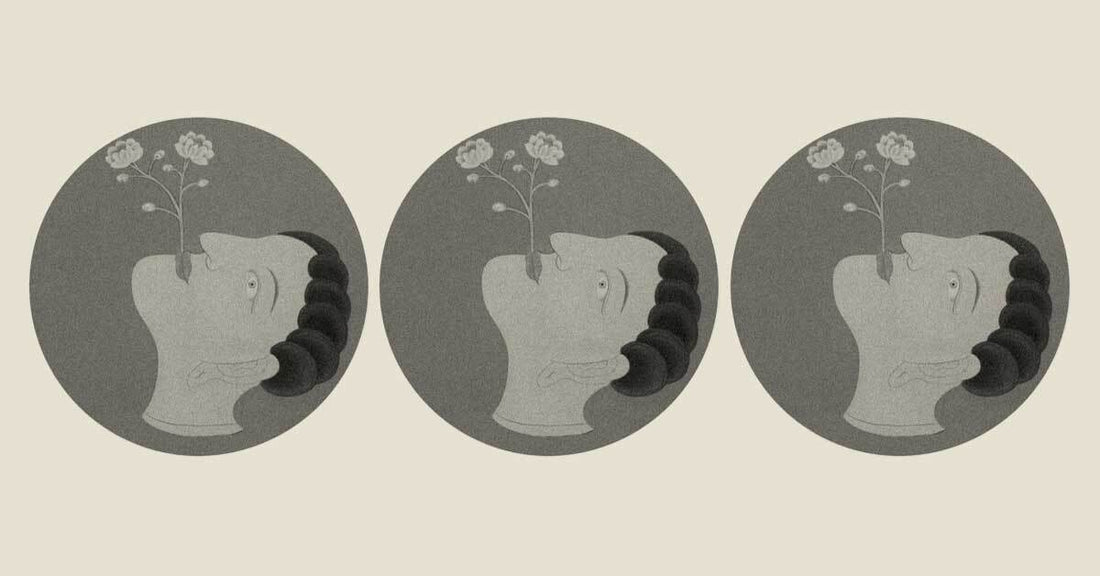We humans have gotten so damned clever that it’s made us stupid. In our collective thirst for scientific and technological innovation, we often forget that a useful remedy for a personal or global affliction might be something simple and natural. For example, before we go reaching for a pill to ease conditions like anxiety, depression and PTSD, we’d be wise to consider tools like a change of diet, more exercise, therapy, meditation, the judicious use of an entheogen or even a retooling of one of our most basic vital functions: our breathing.
Yes, really. Scientific researchers have linked the conscious, controlled use of the breath to improved mental health, as well as to a reduction in the symptoms of schizophrenia, obsessive-compulsive disorder, PTSD, depression, anxiety, stress and insomnia.
For Aaron Walsh, a union laborer in St. Louis, breathwork was a lifeline. He credits the practice with helping him defeat the depression and anxiety that haunted him for decades. “The beginnings of my life were tough, and I sought comfort from those feelings and emotions with substances,” he explains. “Nothing could stop that behavior from age 12 to 35—not the birth of my son or the death of his mother from substance abuse.”
Following an attempted suicide, Walsh enrolled in the twelve-step program Narcotics Anonymous. This helped give him the foundation he needed to stay sober, but the cycles of anxiety and depression persisted.
In the second half of the aughts, Walsh took up the yogic breathing practice of pranayama and began working with the Wim Hof Method. “Doing breathwork in a metered, conscious way paved the way for how I feel today,” he notes. “I’m more stress-resilient. … I’m definitely an all-around better human toward everyone.”
Then, in 2021, a six-week course with breathwork guide Jesse Coomer helped solidify what he’d been experiencing through these methods. “It completely changed the course of my yoga and breathwork practice,” he recalls. “My body and mind became in tune with each other.”
Walsh says his depression and anxiety struggles are now history. “The daily practice allows me to tap into my physiology and understand my state at any point during my day,” he offers.
The Aerosmith of Breathing Exercises: How to Do Box Breathing
Coomer, who recently certified Walsh as a professional breathworker, recommends a technique known as box breathing for overall mental health hygiene. This consists of inhaling for four seconds, holding the breath with full lungs for four seconds, exhaling for four seconds and then holding the breath again for four seconds. This pattern can be repeated ad infinitum.
“The sad thing is that this technique is pretty well known, so people overlook it all the time,” Coomer says. “They want something more complex or fancier, but box breathing is very well known for a reason: It works! It's like Aerosmith: Just because they’re really well known, lots of people will never give them a chance. It's like we have breathwork hipsters out there sometimes.”
In his book A Practical Guide to Breathwork, Coomer warns, “[Box breathing] can be done while moving around or driving, but be very careful. Practice this technique in a safe, seated position first before practicing it in motion. To avoid dizziness that can sometimes come from the breath hold, don’t pressurize the abdomen during the full-lung apnea.”
While some, including Coomer, claim box breathing is useful for relaxation and heightened focus, there's not much scientific data to back up or refute claims of its efficacy as a mental health aid. Your own experience will be your best guide here.
Breathwork for Mental Health Dos and Don’ts
-
Keep in mind that breathwork isn’t a magic bullet. A study published in the Journal of Mental Health Counseling in 2020 noted that while this modality shows promise in treating psychological distress, “more research is needed to evaluate its utility for treating a wider range of mental illness.” It goes on to state that mental health professionals “ are encouraged to incorporate breathwork techniques in their clinical treatment programs but must appraise the value of each technique individually.”
-
Unless a specific breathwork exercise indicates otherwise, breathe through your nose and draw air into your belly rather than your chest. The same goes for normal breathing throughout the day.
- Pay close attention to the way you feel before, during and after breathwork. “Just practicing some breathwork, you’re going to feel something, but it’s nothing compared to what you could unlock if you really lean into it and cultivate that awareness,” Coomer says.
Damon Orion is a writer, musician, artist and teacher based in Santa Cruz, CA. Read more of his work at damonorion.com.
Photo by Muha Ajjan
Read more: Remember to Breathe
Read more: In Through The Nose: The Surprising New Science of Nose Breathing




